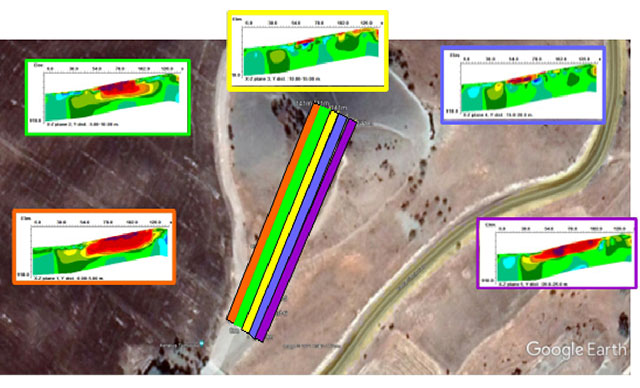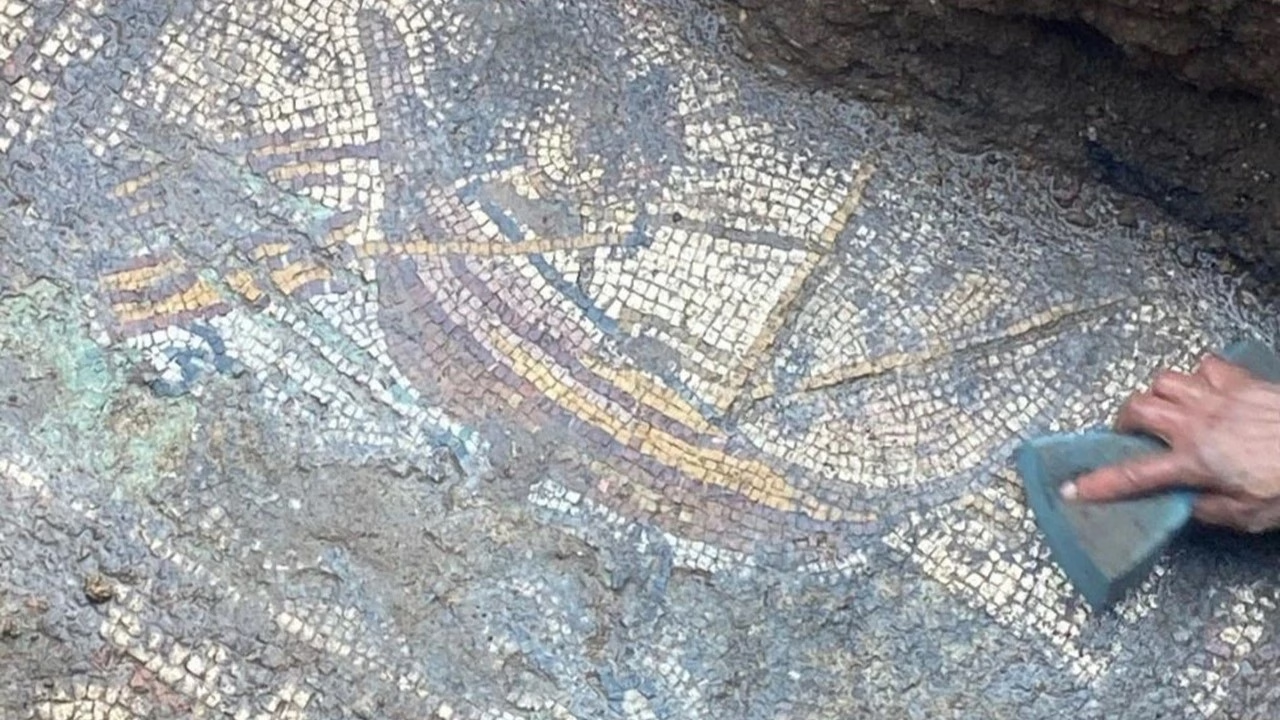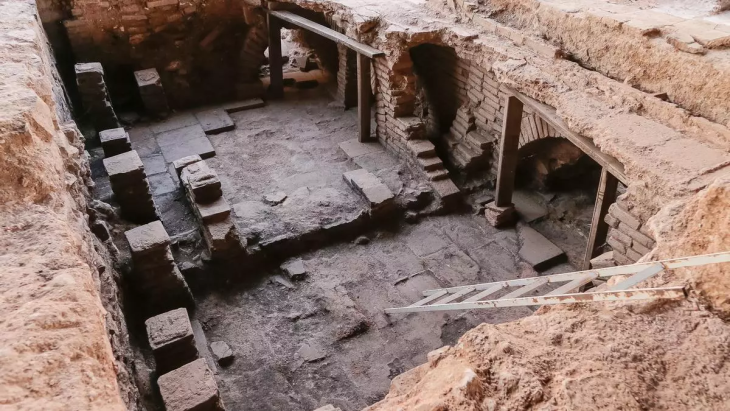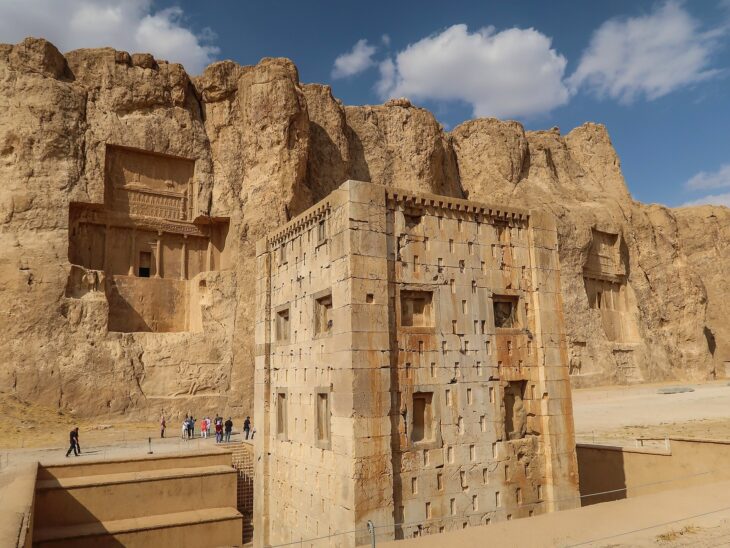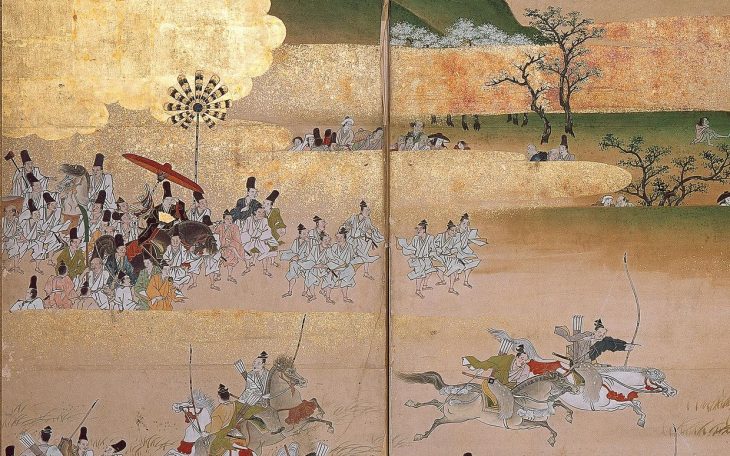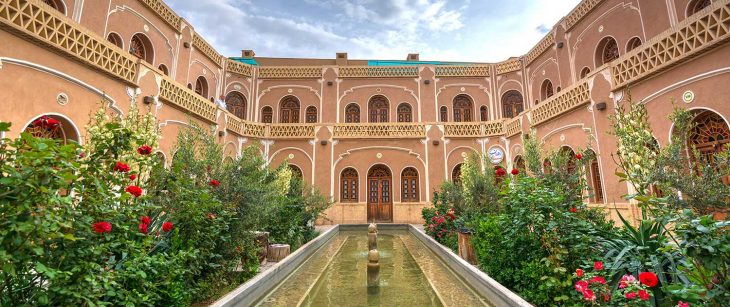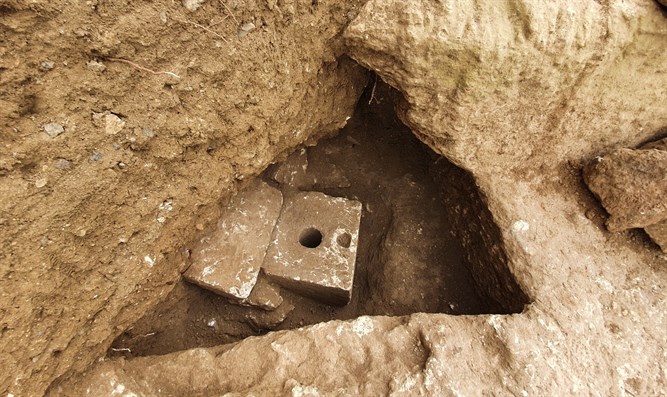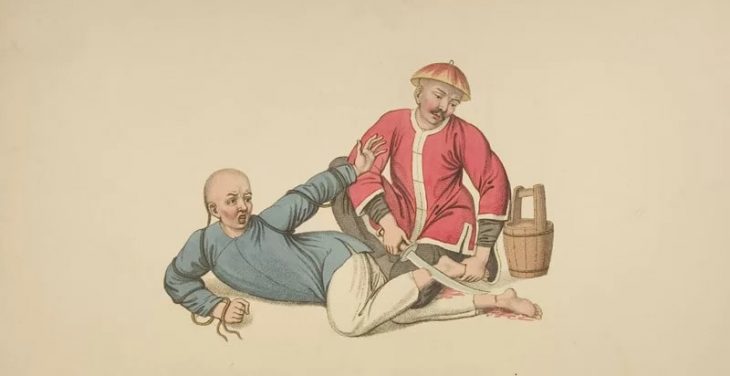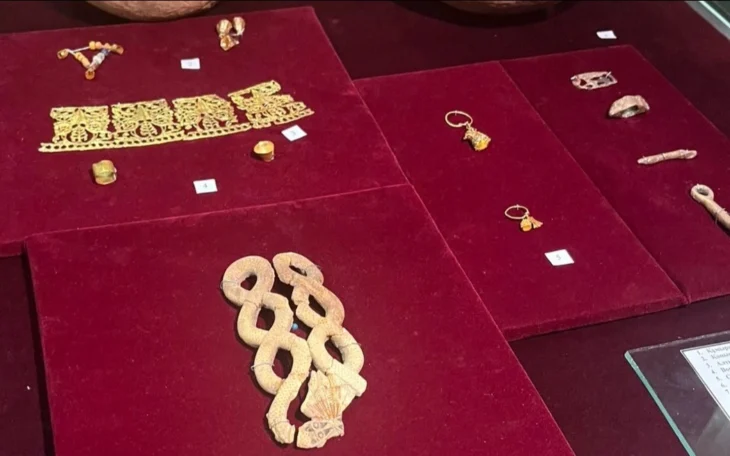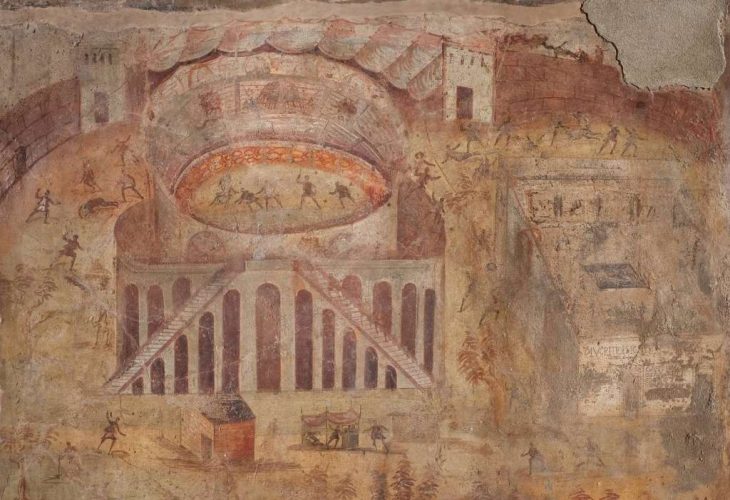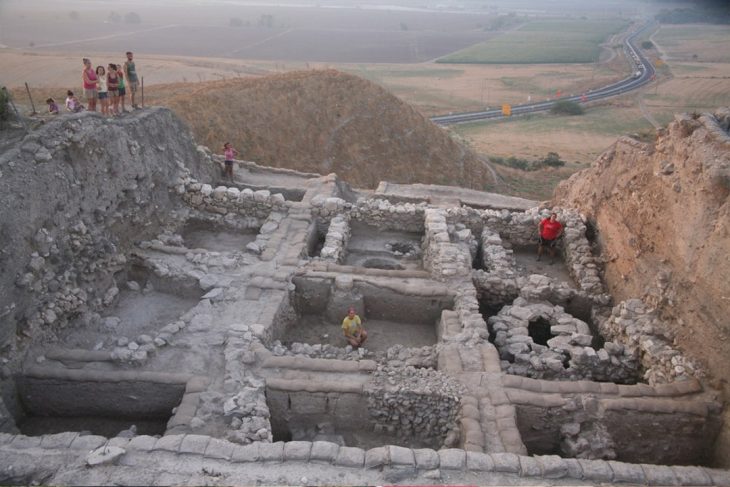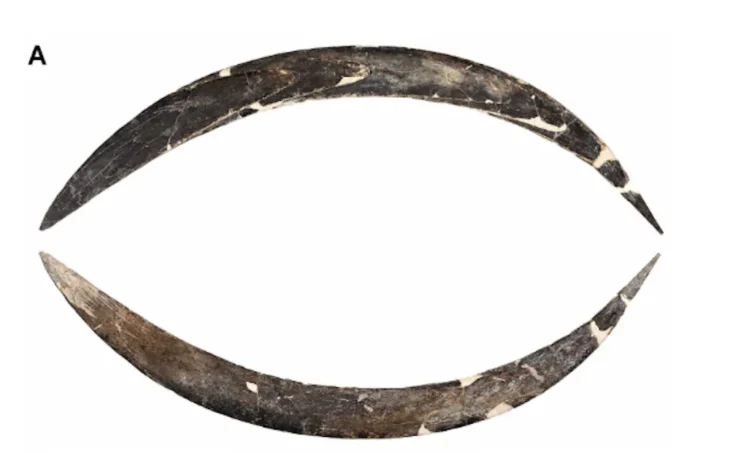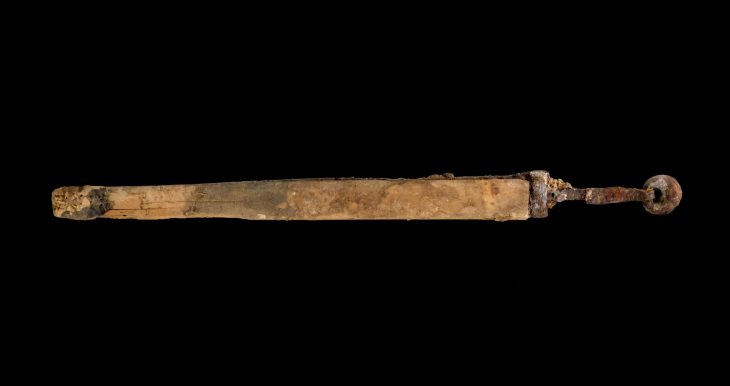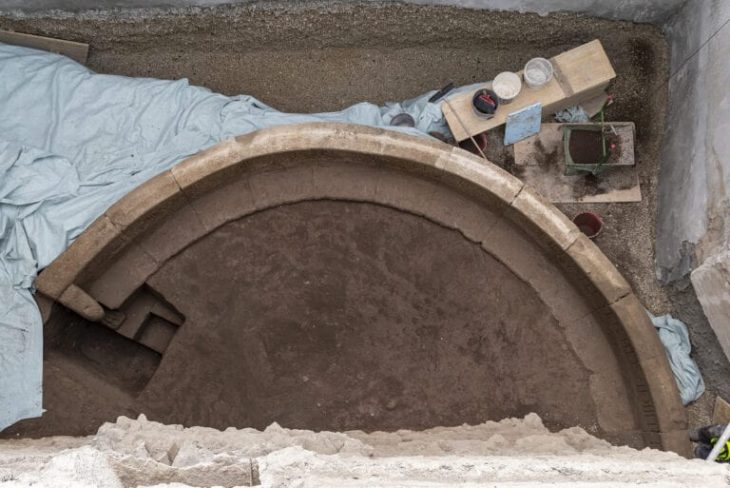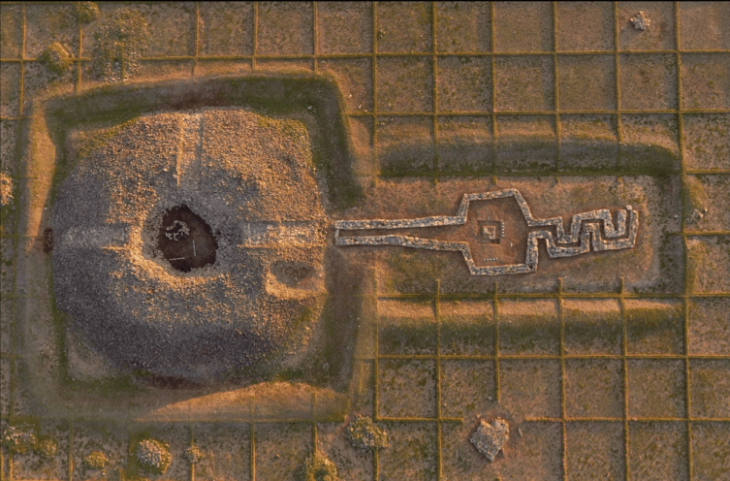The graves built by Commagene King Mithritades II (36-21 BC) for his mother Isias, his sister Antiokhis, and Antiochis’s daughter Aka were detected at the Karakuş Tumulus of Adiyaman, which is located in southeast Turkey.
The Karakuş Tumulus scan was taken by the Adıyaman Governorate, after obtaining the necessary permits from the Ministry of Culture and Tourism recently.
The tombs, called Queens Cemetery, built by King Mithridates II for his mother Isaias, his sister Antiochus and Antiochus daughter Aka, were detected by electromagnetic waves.
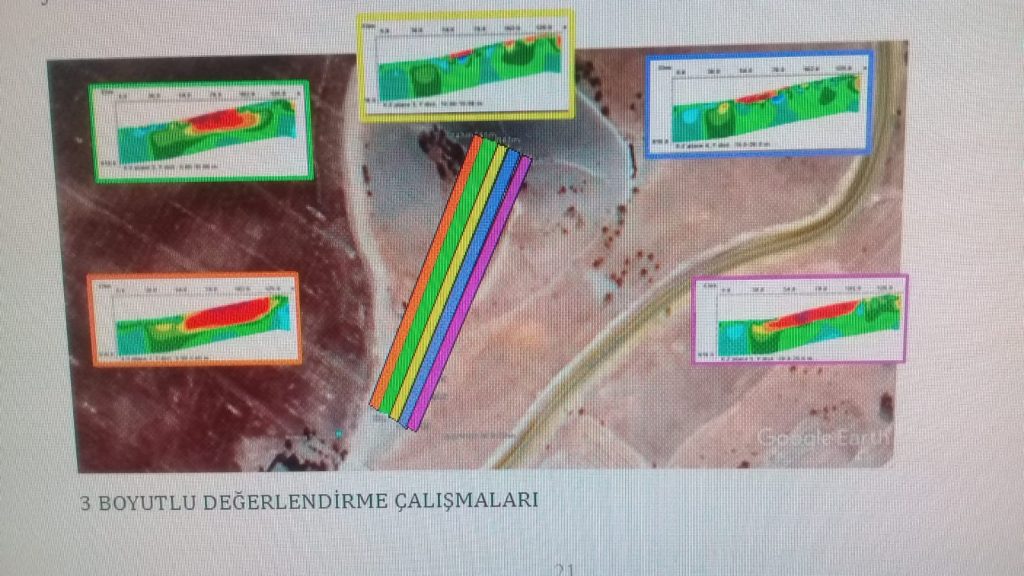
Excavations will begin in 2022
Making a statement on the subject, Governor Mahmut Çuhadar said:
“The historical Karakuş Tumulus, which was built by the Commagene King Mithritades II (36-21 BC) for his mother Isias, his sister Antiokhis and Antiokhis’s daughter Aka, and which is called the cemetery of the queens, has been keeping its mystery for 2,000 years.
📣 Our WhatsApp channel is now LIVE! Stay up-to-date with the latest news and updates, just click here to follow us on WhatsApp and never miss a thing!!
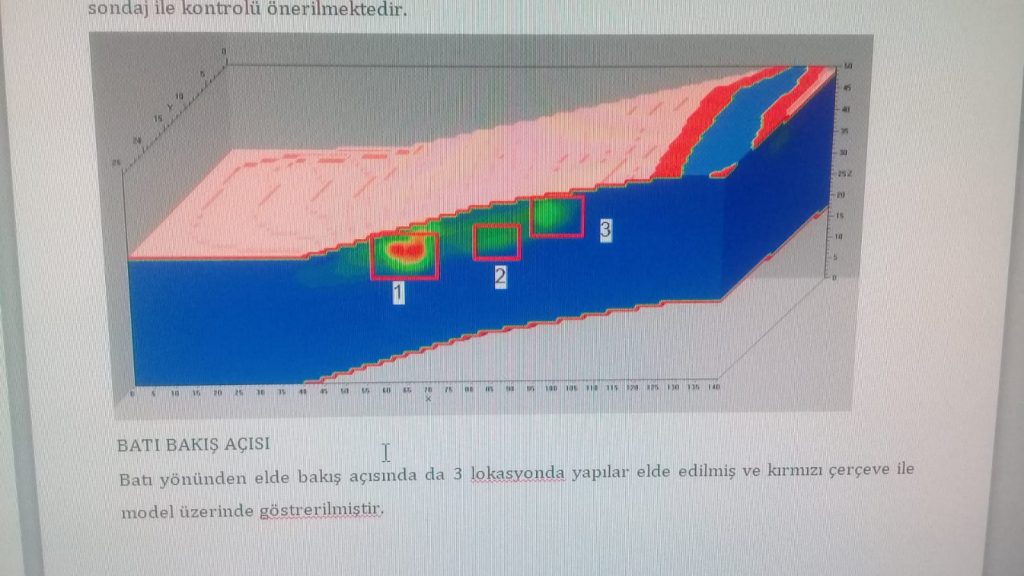
In order to solve the historical secrets here and to reach the tombs, as the Governorship, we started working on the historical tumulus by obtaining the necessary permissions. As a result of the studies carried out, two-dimensional (2D) Georadar underground images were obtained as a result of the geophysical studies carried out using the Georadar (Ground Radar-GPR) method in order to determine the locations of the remains in the Karakuş Tumulus.
In the research area, Georadar (Ground Radar-GPR) measurements were made at a separate location, which is also shown in the site plan, depending on the measurement positioning. From the obtained GPR data, two-dimensional (2D) underground images were obtained after the data processing stages. Georadar and Geophysical studies have been completed in the 2,000-year-old Karakuş Tumulus, which is called the Queens Cemetery of the Commagene Kingdom, and archaeological remains have been reached in the Karakuş Tumulus in line with the incoming reports. As a result of the excavation and sounding permits to be obtained from the General Directorate of Cultural Heritage and Museums in 2022, it is aimed to start the excavations in the historical tumulus,” he said.

